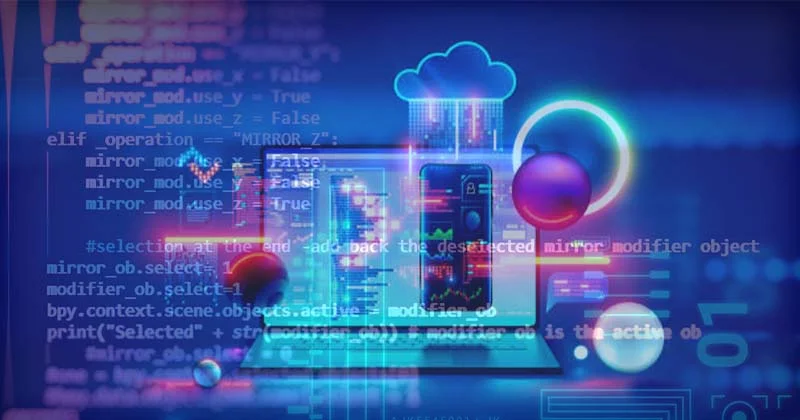Linuxia is a free and open-source operating system, stands out as a reliable choice for users seeking a stable foundation for a range of applications. Based on the Linux kernel that it is widely embraced by desktop users, laptop and server installations along various embedded devices such as smart TVs and drones.
Linuxia Core Features and Philosophy
At the heart of Linuxia is its dedicated kernel, distinguishing it from other Linux distributions. This unique approach facilitates faster and more reliable updates, benefiting both end-users and the software development community.
The design philosophy of Linuxia prioritizes simplicity, flexibility and broad applicability, avoiding overly specialized tweaks in favor of creating a dependable and versatile operating system.
User Experience and Customization
Linuxia offers an intuitive user experience with features catering to both power users and general computer users. With the ability to host websites and build IoT applications, Linuxia provides a cost-effective option for those seeking a dependable OS without breaking the bank.
Its open-source nature that allows users to customize their experience and the inclusion of various pre-installed applications while ensuring a quick start.
Modularity and Extensibility
A notable aspect of Linuxia is its modularity and extensibility. Users can tailor their experience and the operating system supports multiple languages, making it suitable for both corporate and individual environments.
Linuxia Installation Process
To begin using Linuxia, the installation process is straightforward. Users can obtain it through digital or physical media or download it for free from any authentic website. The installation involves booting the ISO image, with options for USB drives or optical media. Users are required to create a username and password during installation, which is essential for system security.
Post-Installation Tasks
Following installation, Linuxia users are prompted to consider software updates and signature verification. Regular updates ensure the inclusion of critical software components, enhancing system stability. Verification of software signatures safeguards against malware, assuring users that downloaded files are safe.
Tips for Getting Started with Linuxia
A few pointers can make the move easier for people who are unfamiliar with Linuxia. Ensure your computer meets the minimal requirements, download the installer and follow the installation prompts. After installation, set up your system and become acquainted with the Linuxia launcher.
Linuxia Resources for Users
New Linuxia users can benefit from a variety of resources. YouTube provides video tutorials and user-created content, offering practical insights. As an alternative, Google helps users obtain information from more seasoned users with its customized search recommendations. Internet forums are also excellent resources for community help and problems.
What are the Pros and Cons of Linuxia?
Pros:
- Reliability and Compatibility: Linuxia proves reliable and compatible with various devices and platforms.
- Customization: As an open-source system, Linuxia allows users to customize it to meet specific needs.
- User-Friendly: Linuxia is easy to learn and use, making it accessible even for beginners.
Cons:
- Limited Popularity: Linuxia might lack the extensive resources and support available for more popular operating systems.
- Hardware Requirements: It can be more demanding on hardware compared to some other operating systems, requiring a powerful computer for optimal performance.
Summarized
In summary, Linuxia emerges as a compelling option for those seeking a stable, customizable and open-source operating system, taking into account the needs of both novices and experts.



